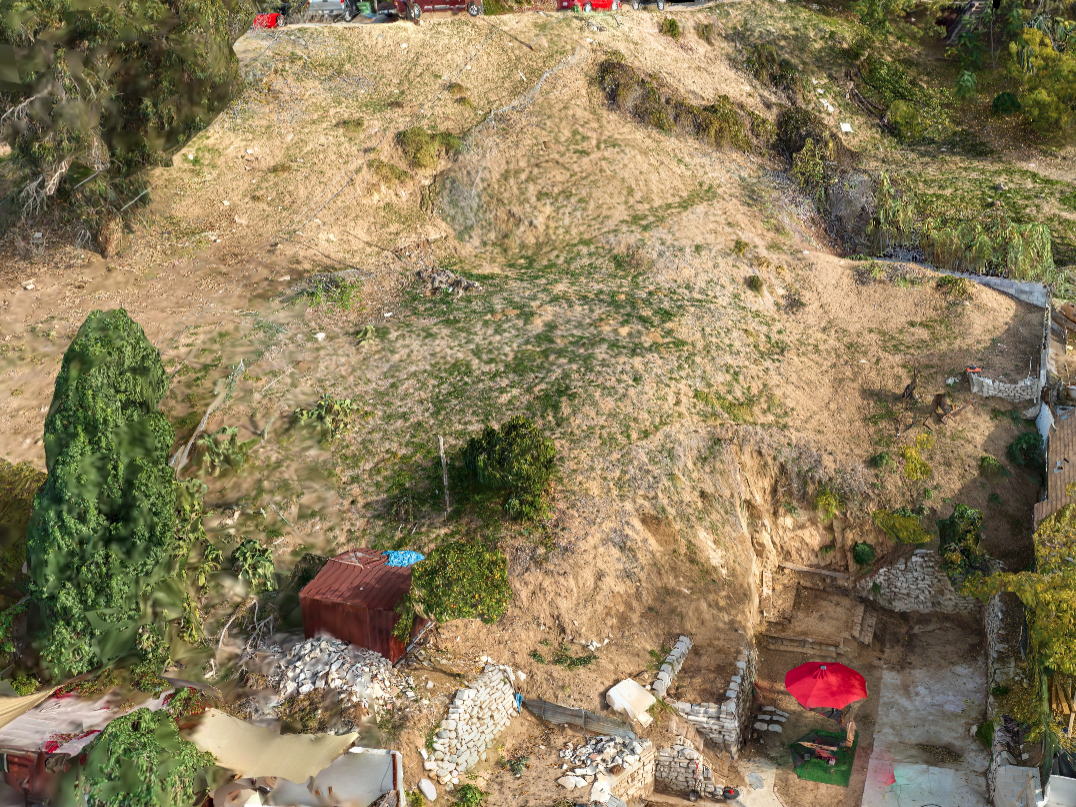Accurate accident reconstruction plays a critical role in understanding the events leading up to an incident and presenting a compelling case during a jury trial. Traditional methods of accident reconstruction often rely on photographs, diagrams, and eyewitness testimonies, which may not fully capture the complexities of the scene. However, with the advent of drone technology and the ability to create detailed 3D models, accident reconstruction has reached new heights of accuracy and effectiveness. In this article, we explore how drones are transforming accident reconstruction for jury trials and the benefits they provide in terms of visualizing the entire scene through the power of a 3D model.
Comprehensive Scene Documentation:
Drones equipped with high-resolution cameras and advanced imaging capabilities allow accident investigators to capture detailed aerial imagery and videos of the accident scene. This comprehensive documentation provides a holistic view of the scene, including the surrounding environment, road conditions, traffic patterns, and the positions of vehicles and objects involved. By capturing the entire scene from various angles and altitudes, drones ensure that no crucial detail is overlooked. This rich visual data forms the foundation for creating an accurate 3D model of the accident scene.
Accurate 3D Modeling:
Using the data collected by drones, accident reconstruction specialists can create highly accurate 3D models of the accident scene. These models replicate the real-world environment, including the terrain, structures, and vehicles, with precise measurements and spatial relationships. By converting the aerial imagery and videos into a 3D representation, investigators can provide a virtual tour of the entire scene, allowing jurors to explore and analyze the incident from multiple perspectives. This level of accuracy and immersion significantly enhances the jury’s understanding of the accident and helps them make informed decisions based on reliable evidence.
Visualizing Critical Moments:
Accident reconstruction using drones and 3D models enables investigators to recreate critical moments leading up to the accident. By animating the sequence of events based on the available data, including vehicle movements, speeds, and trajectories, a vivid representation of the accident can be presented to the jury. This visual storytelling helps jurors visualize the series of actions and interactions that occurred during the incident, providing a clearer understanding of the dynamics at play. Jurors can then assess liability and contributory factors with greater accuracy, leading to a more informed and fair decision.
Simulating Alternative Scenarios:
Drones and 3D models allow accident reconstruction specialists to simulate alternative scenarios that could have occurred during the accident. By manipulating the 3D model, investigators can test different variables, such as changes in vehicle speed, braking distances, or road conditions, to evaluate how these factors may have influenced the outcome. This capability enables the jury to see the potential impact of different scenarios and consider multiple perspectives when determining liability. It enhances the transparency and credibility of the accident reconstruction process, allowing for a more comprehensive evaluation of the evidence.
Enhanced Juror Engagement:
Presenting a complex accident reconstruction can be challenging, especially when relying solely on verbal descriptions or static images. However, with the immersive experience provided by drones and 3D models, jurors become active participants in the investigation. They can virtually navigate the scene, zoom in on specific areas of interest, and gain a deeper understanding of the accident dynamics. This increased engagement improves juror comprehension and retention of crucial details, enhancing the effectiveness of the presentation and increasing the likelihood of a favorable outcome.
Conclusion:
Drones have revolutionized accident reconstruction for jury trials by offering a powerful tool to capture comprehensive scene documentation and create accurate 3D models. The ability to virtually tour the entire scene through a 3D model empowers jurors to visualize the incident, understand critical moments, simulate alternative scenarios, and actively engage with the evidence. This level of accuracy, immersion, and interactivity significantly enhances the jury’s ability to make informed decisions, leading to fairer and more just outcomes. As technology continues to advance, the integration of drones and 3D models in accident reconstruction will undoubtedly become standard practice, revolutionizing the way accidents are analyzed and presented in the courtroom.

